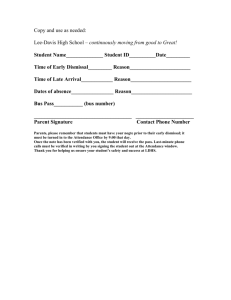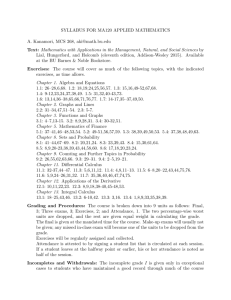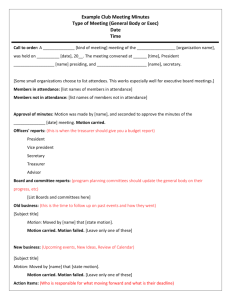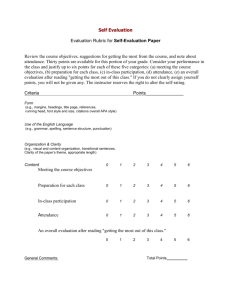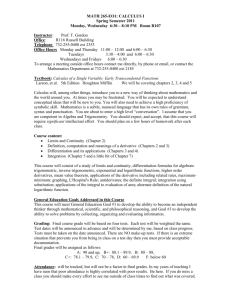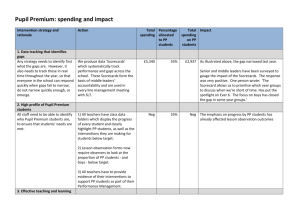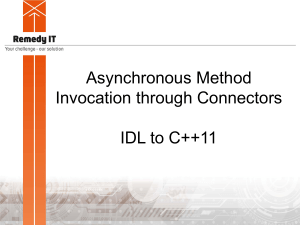Pupil Premium (PP) Impact 2014-15 Attainment
advertisement
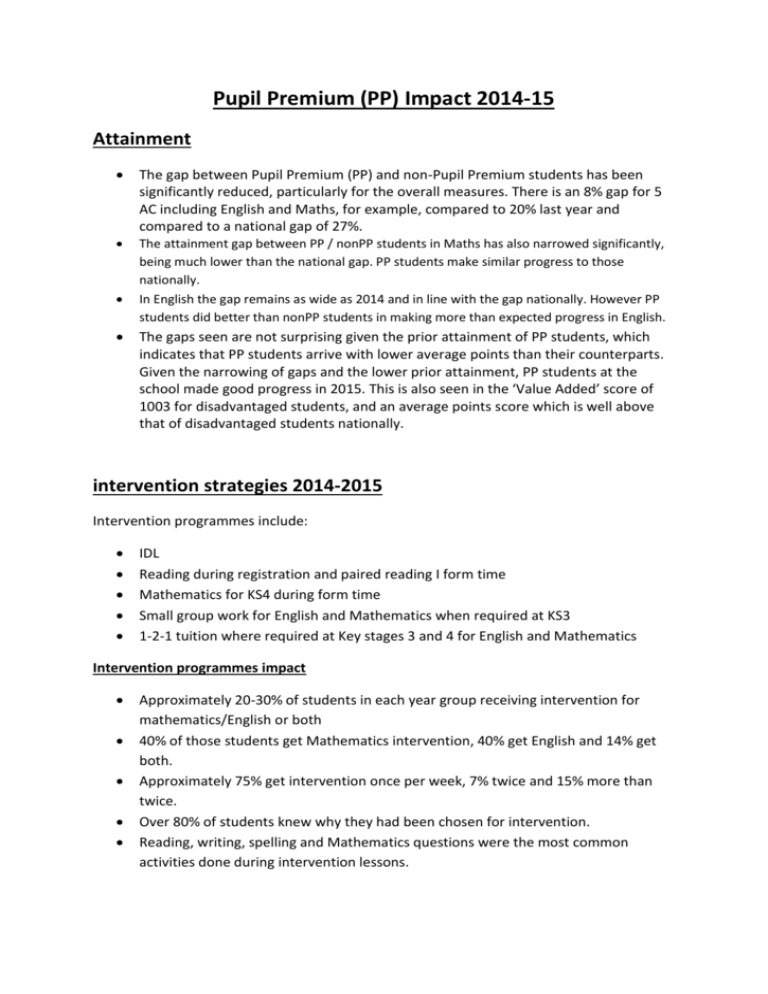
Pupil Premium (PP) Impact 2014-15 Attainment The gap between Pupil Premium (PP) and non-Pupil Premium students has been significantly reduced, particularly for the overall measures. There is an 8% gap for 5 AC including English and Maths, for example, compared to 20% last year and compared to a national gap of 27%. The attainment gap between PP / nonPP students in Maths has also narrowed significantly, being much lower than the national gap. PP students make similar progress to those nationally. In English the gap remains as wide as 2014 and in line with the gap nationally. However PP students did better than nonPP students in making more than expected progress in English. The gaps seen are not surprising given the prior attainment of PP students, which indicates that PP students arrive with lower average points than their counterparts. Given the narrowing of gaps and the lower prior attainment, PP students at the school made good progress in 2015. This is also seen in the ‘Value Added’ score of 1003 for disadvantaged students, and an average points score which is well above that of disadvantaged students nationally. intervention strategies 2014-2015 Intervention programmes include: IDL Reading during registration and paired reading I form time Mathematics for KS4 during form time Small group work for English and Mathematics when required at KS3 1-2-1 tuition where required at Key stages 3 and 4 for English and Mathematics Intervention programmes impact Approximately 20-30% of students in each year group receiving intervention for mathematics/English or both 40% of those students get Mathematics intervention, 40% get English and 14% get both. Approximately 75% get intervention once per week, 7% twice and 15% more than twice. Over 80% of students knew why they had been chosen for intervention. Reading, writing, spelling and Mathematics questions were the most common activities done during intervention lessons. A thord of students felt that their levels/grades had improved as a consequence of intervention, 26.7% felt their subject knowledge had improved and 35.6% felt that the intervention teacher had targeted their areas of weakness 69.3% would like to have further intervention in the future. IDL Evaluation/Impact IDL students were surveyed to evaluate the impact of the IDL programme 30-40% of each year use the IDL programme or have used it at some point this academic year. All have had timetabled slots for using the programme in school. 60.6% of students who used the programme did not enjoy it but knew the benefits they have gained through using it. Over 75% of students did feel that improvements had been made through the use of the programme, main improvements were spelling 63.6%, Reading 51.5% and keyboard skills 30.3% 48.5% of students did NOT want to continue using the programme, 30.3% said yes they would like too but only in school with their peers and 21.2% were not sure. Only 24.2% of students said that if they knew their reading and spelling ages before starting to use the programme it would have kept them motivated. Attendance Attendance 2014-15 was lower overall than 2013-14, with PP attendance being more adversely affected than that of nonPP students (the difference between the two years was 75% higher for PP students). (NB Previous year was the highest attendance ever) The gap in attendance between PP and nonPP students has widened slightly this year to 2.5% In 2013-14 female PP attendance was lower than that of male PP students (2% difference); in 2014-15 this gap was insignificant. Whilst there is no significant difference in attendance across year groups for nonPP students, there is a bigger gap across the years for disadvantaged students – a gap of 3% between Y7 PP and Y10 PP students. Pupil Premium Support Fund Parents are offered financial support (e.g. £50 off uniform cost, half price bus pass) Fewer parents chose to spend their monies on trips this year (approximately half as many as last year) More parents are choosing to use the money for bus fares in 2014-2015. (average attendance for those who purchased a bus pass was 94.13%, this included a persistent non-attender; without her average attendance is 94.9%). Average No Bus Uniform Dinners Trips reply 22.36% 14.52% 15.79% 11.02% 36.38%



